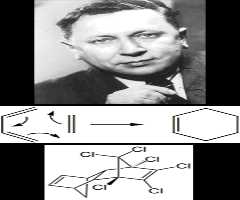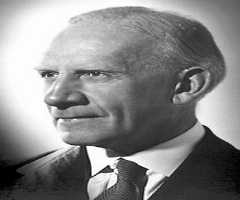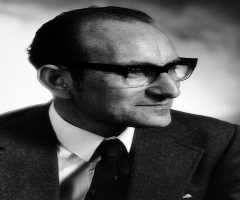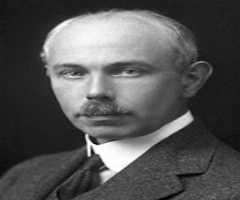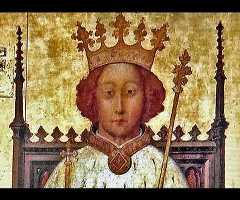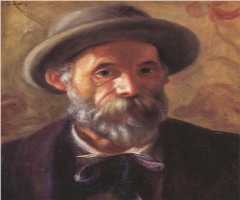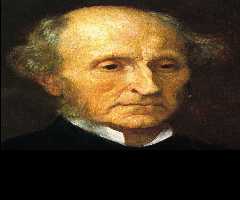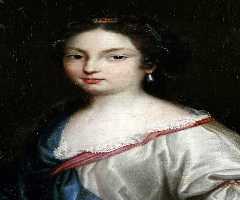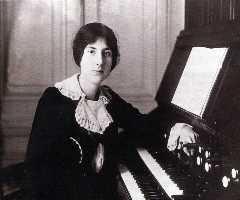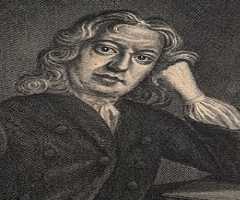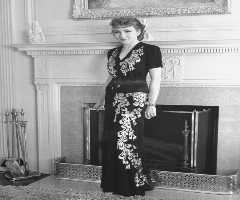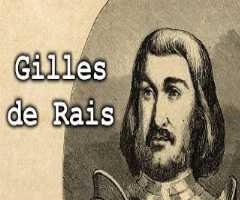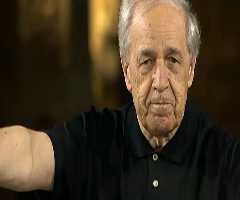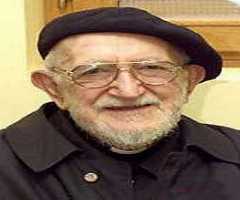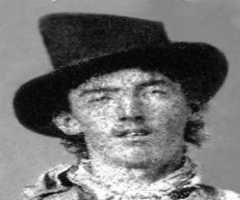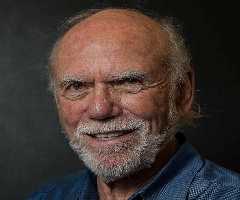Joseph Louis Gay-Lussac Biography, Life, Interesting Facts

Birthday :
Died On :
Also Known For :
Birth Place :
Saint-Leonard-de-Noblat, Nouvelle-Aquitaine, France
Zodiac Sign :
Joseph Louis Gay-Lussac was a French scientist who studied both physics and chemistry; he is best known for discovering that water was made up of two parts hydrogen and one part oxygen.
Childhood and Early Life
Gay-Lussac was born on 6 December 1778 in Saint-Léonard-de-Noblat, Aquitaine, France. Gay-Lussac’s father was Joseph Louis Gay, a lawyer. The name Lussac came from a nearby hamlet, and Gay-Lussac’s father would use it as part of his name in legal documentation, they both adopted it as their name in 1803.
As a lawyer and therefore a servant of the monarchy, Gay-Lussac’s father was arrested during the French Revolution. Gay-Lussac has received his earliest education from in a local Catholic abbey. In 1798, Gay-Lussac began studying at the ÉcolePolytechnique., he transferred to the École des PontsetChaussées hen the ÉcolePolytechnique which became a military academy in 1801.
The École des PontsetChaussées was a college devoted to scientific research. Gay-Lussac worked as an assistant to C. L. Berthollet, the French chemist.
Career
Gay-Lussac became a professor of chemistry and then became a professor of physics at the Sorbonne, University of Paris. While working at theÉcole des, PontsetChaussées Gay-Lussac developed the law that today bears his name. The Gay-Lussac Law states that gas held at a consistent mass and volume will increase in gas pressure as heat increases.
Gay-Lussac also began to study the atmosphere and the effect of altitude on things. Much of his experiments were carried out in a hot air balloon. In his studies, he discovered that the composition of the atmosphere did not change with altitude. In 1805, he discovered that water was made up of one part oxygen and two parts hydrogen.
Gay-Lussac discovered boron and recognised that iodine was an element. 1821, saw Gay-Lussac elected to the Royal Swedish Academy of Sciences as a foreign member. Gay-Lussac developed an improved burette and invented the names ‘pipette’ and ‘burette.’ He was employed by the French government to work on the gunpowder commission, which worked on developing more efficient gunpowder, and for the mint.
Gay-Lussac was elected to the French chamber of deputies for his home region in 1831. In 1832, he took the chair of chemistry at Jardin des Plantes and became a foreign member of the American Academy of Arts and Sciences. In 1839, he was made a member of the Chamber of Peers, the upper house of the French parliament. Gay-Lussac is also credited as the inventor of the portable barometer and the air thermometer.
Personal Life
Gay-Lussac married Geneviève-Marie-Joseph Rojot in 1809. Genevieve worked in a linen-drapers shop. She was noticed by Gay-Lussac as she was reading chemistry at her desk in the store. They had five children together.
Gay-Lussac died on 9 May 1850 in Paris. He is one of seventy-two names honoured with inscriptions on the Eiffel Tower. He was also honoured with streets named after him in Paris, near the Sorbonne where he taught, and in his hometown of Saint-Léonard-de-Noblat.
More Chemists
More People From Nouvelle-Aquitaine
-
![Jacques Cousteau]()
Jacques Cousteau
-
![Richard II]()
Richard II
-
![Pierre-Auguste Renoir]()
Pierre-Auguste Renoir
-
![Charles-Louis de Secondat]()
Charles-Louis de Secondat
-
![Zacarias Moussaoui]()
Zacarias Moussaoui
-
![Madame de Montespan]()
Madame de Montespan
